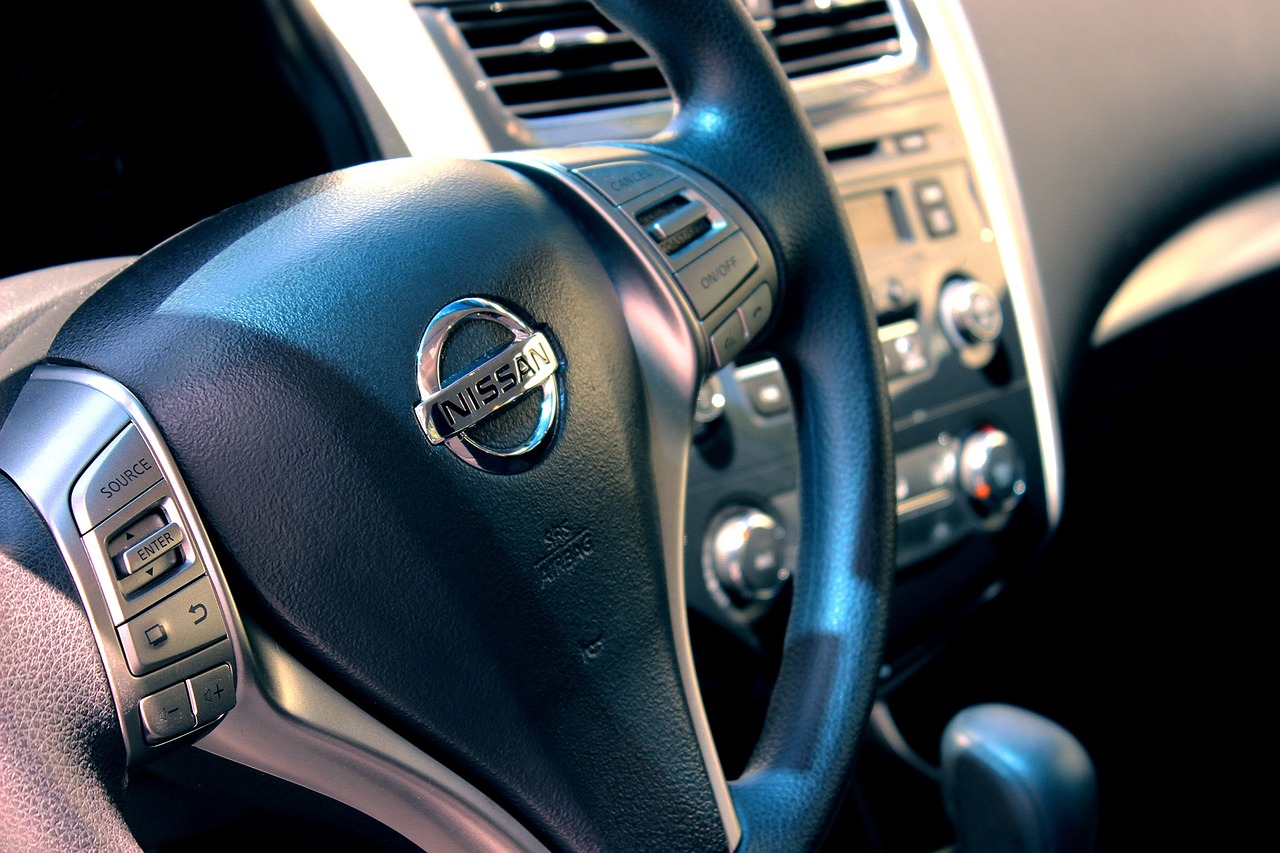
Hybrid Vehicles: Balancing Fuel Efficiency and Performance in Modern CarsHybrid Vehicles: Balancing Fuel Efficiency and Performance in Modern Cars
In today’s automotive landscape, the quest for fuel efficiency and performance has led to the rise of hybrid vehicles, offering a compelling blend of eco-friendliness and driving dynamics. In this friendly and informative article, we’ll explore the world of hybrid vehicles, their benefits, and how they strike a harmonious balance between fuel efficiency and performance in modern cars.
Understanding Hybrid Technology

Hybrid vehicles combine traditional internal combustion engines with electric motors and batteries to optimize fuel consumption and reduce emissions. This dual-powertrain setup allows hybrids to operate in different modes, including pure electric mode, hybrid mode, and gasoline mode, depending on driving conditions and power demands. The seamless integration of gasoline and electric power sources is at the heart of hybrid technology’s success.
Benefits of Hybrid Vehicles
- Fuel Efficiency: One of the primary advantages of hybrid vehicles is their superior fuel efficiency compared to traditional gasoline-powered cars. By utilizing electric power during low-speed driving and in stop-and-go traffic, hybrids reduce fuel consumption and minimize environmental impact.
- Reduced Emissions: Hybrid vehicles produce lower emissions than conventional vehicles, contributing to cleaner air and reduced greenhouse gas emissions. The use of electric power during city driving and short trips helps mitigate pollution and promote sustainability.
- Enhanced Performance: Contrary to common misconceptions, hybrid vehicles offer impressive performance capabilities. The combination of gasoline and electric power sources provides instant torque, smooth acceleration, and responsive handling, delivering a dynamic driving experience without compromising efficiency.
- Regenerative Braking: Hybrids feature regenerative braking systems that capture energy during


